Tofield Coal Mines
They may look like a series of little lakes (maybe do some fishing, eh?) but instead are former coal mine workings that filled with water after the operation closed. These many pits, just outside the little town of Tofield Alberta date back to the 1910s-’50s period and remind us just how important a role coal once played in the province (rural areas especially). This is the Tofield Coal Mines and we’re going touch on a little history.
Into the 1960s coal was commonly used for heating and cooking out in the county and so it’s how you rolled. Fortunately, the material was commonplace with deposits all over, so in most areas you need only dig a shaft and boom, you’re in business. Here the coal was so shallow they could forgo traditional underground mining methods and that was a big plus.
Tofield Coal Mines: a water-filled pit to you, but something magic to us. Digging it with Chris Doering & Connie Biggart (BIGDoer/Synd)
Do the same…
Coal extracted here, as with most small prairie mines, was of the domestic variety, suitable for home use. Often small scale operations, most served the local market only, but a few shipped to the outside world. It’s seems the Tofield Mines did the latter.
The first mines on this property were underground affairs, starting about 1907, and didn’t last long. In 1910 the first pit mine was begun, operated by the Tofield Coal Company Limited and functioned as the Headlight Mine.
Pits were dug by various methods over the years including by dragline and a strange Rube-Goldberg monstrosity called a Lubrecher Machine. Operating from the top of the pit, a series of chain-connected buckets scrapped the pit walls removing material as it inched forward. These were for overburden removal. Coal was then taken away by smaller machinery (or even by shovel and wheelbarrow).
A siding for offline rail cars was run right into the pit – that they were shallow allowed this. Presumably this meant they loaded right from the working face with the coal not even seeing any processing in some cases.
Coal was of the a lower Sub-Bituminous rank and that’s perfectly fine for domestic use. Sub-B has a relatively low caloric value, so in simple terms it doesn’t burn that hot relative to higher ranks. The seams averaged about two and a half metres thick and were typically covered by eight to nine metres of soil. By the standards, this was about as easy as it got.
A second coal mine once operated just to the north of this property and is similarly marked by flooded pits. This was the Dobell Coal Company’s Dobell Mine, in business from 1912-1930 with the workings then incorporated into the Headlight Mine. So the two became one.
The Tolield Mine remained in business until 1957 when declining markets forced their closure. There was a wholesale changeover to natural gas and electricity then and coal fell by the wayside.
The Headlight Mine produced some 2.2 millions tonnes where as the Dobell’s output was about four hundred thousand. To put it in perspective, if loaded all at once, this could all fill a modern day train so long it’d stretch all the way into Saskatchewan, a couple hundred clicks distance, and even then a bit beyond.
Just for reference, compare this production to modern mega-mines whose output is in the millions of tonnes. Per year!
The water-filled pits seem to be home to a huge number of Muskrat and at any one time we could count dozens of them swimming about. By surface mine standards this was a small operation but still, the lake we’re looking at here is well over a kilometre long. It’s probably not that deep, however.
If the mine here had a processing plant, no photos have been found showing how it was laid out. Typically coal was cleaned and sorted before being loaded on rail cars or trucks/wagons and this usually happened at the plant (or tipple). On Google Earth there appears to be evidence of a rail siding on the north end of the property, coming off the branch line that runs a bit to the west of the mine, and it’s probably here where those works would have been located.
A coal firm has optioned this property since the 1980s, but so far nothing’s come of it. I can’t imaging trying to open a coal mine in the present environment even if there’s still lots of the material in the ground. In the meantime, the property is almost park like in appearance with lots of wooded growth and looks almost natural and untouched by man.
That sunset!
Heading home, the toot-toot of a passing freight. There’s something about it this we find haunting and we always stop an pause to watch them pass. So many distractions. Then comes a light, a flashing beacon in the night and we must resist! Temp us no more! Sleep calls and it’s dreams old grizzled coal miners, trains and frosty mugs…and little furry rodents.
Till next time.
They’re saying…
”The stories are sentimental, but honest. Next best thing to having been there.” Martha Maudsley (we are a bit sentimental).
It’s the pits…
Lost Lemon Mine – It’s been found (or not)!
Birnwell Mine Bow City – When coal was king.
More coal mining history…
Crowsnest Pass Coal Mine Fan House – It blows (or sucks).
East Coulee Alberta Then and Now – Many years apart!
Something to say and no one to say it to? Go here: contact us!
Date of Adventure: September, 2020.
Location: Tofield, AB.
Article references and thanks: Alberta Energy Regulator and the Town of Tofield.
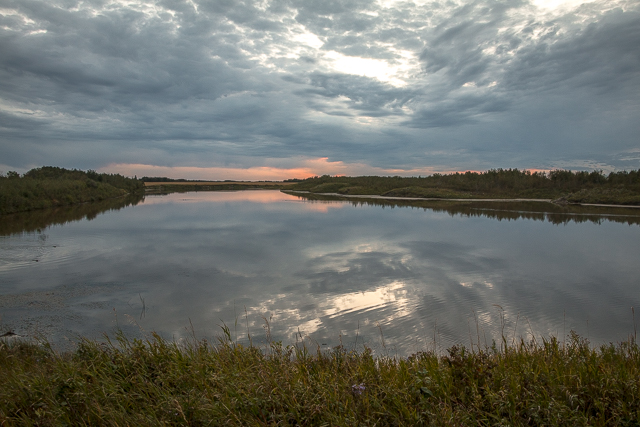
Not a natural lake, but rather a flooded pit mine.
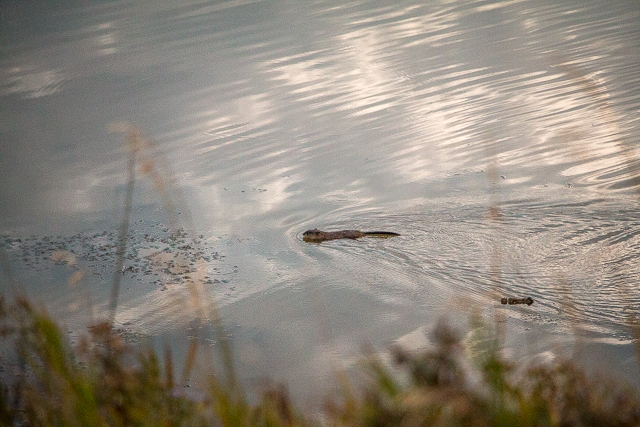
It was full of these critters.
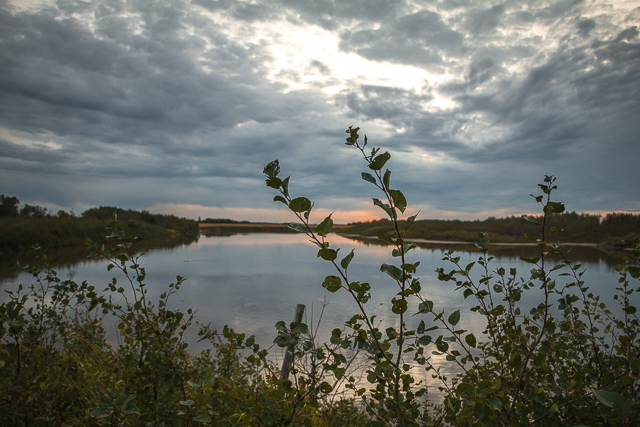
These workings date from the 1910s-1950s period.
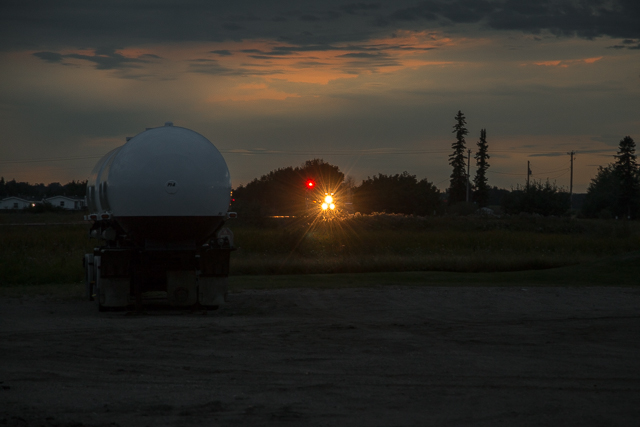
Heading back to our crash pad, it’s this…
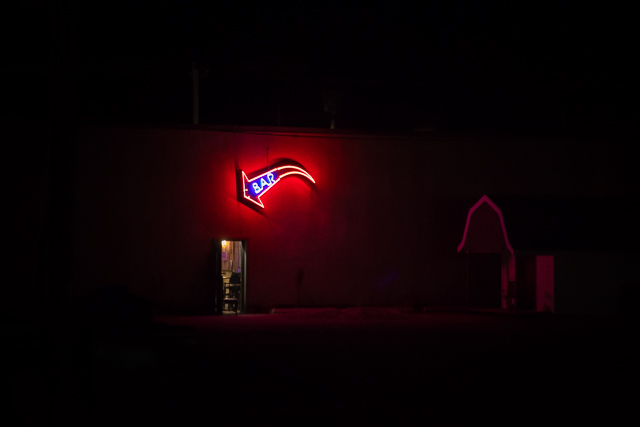
Then another distraction…

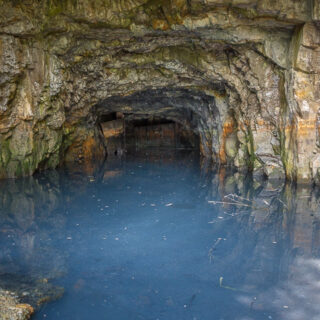
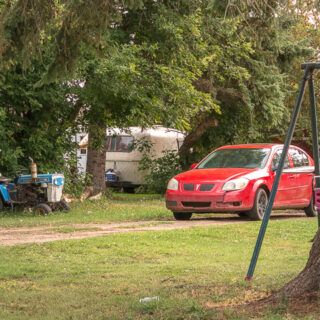
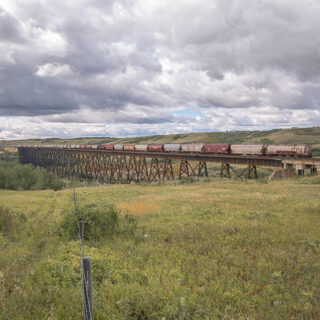
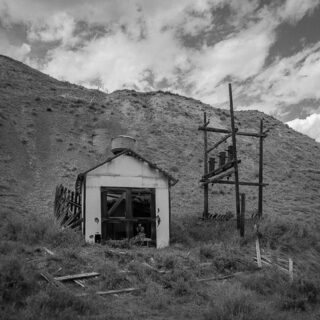
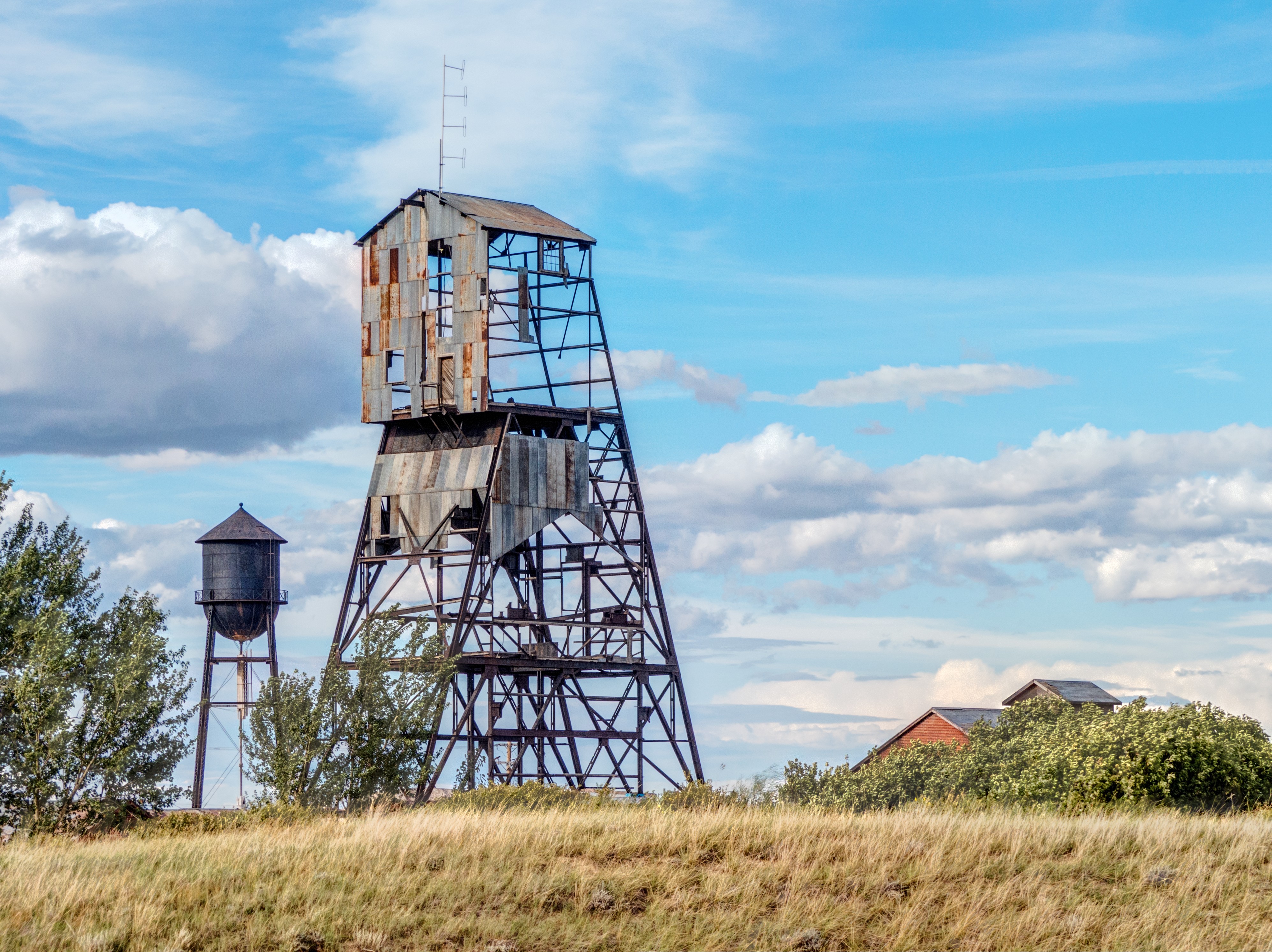
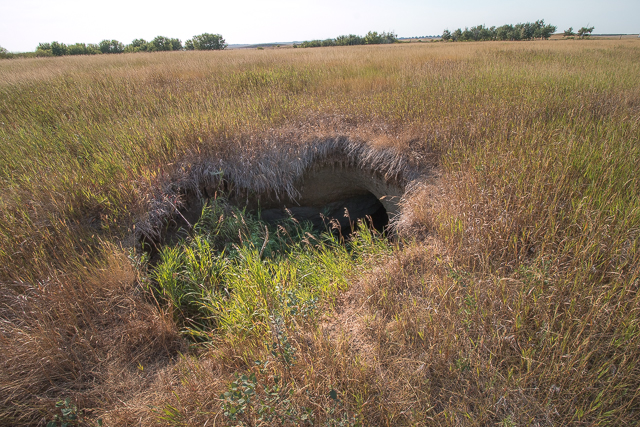
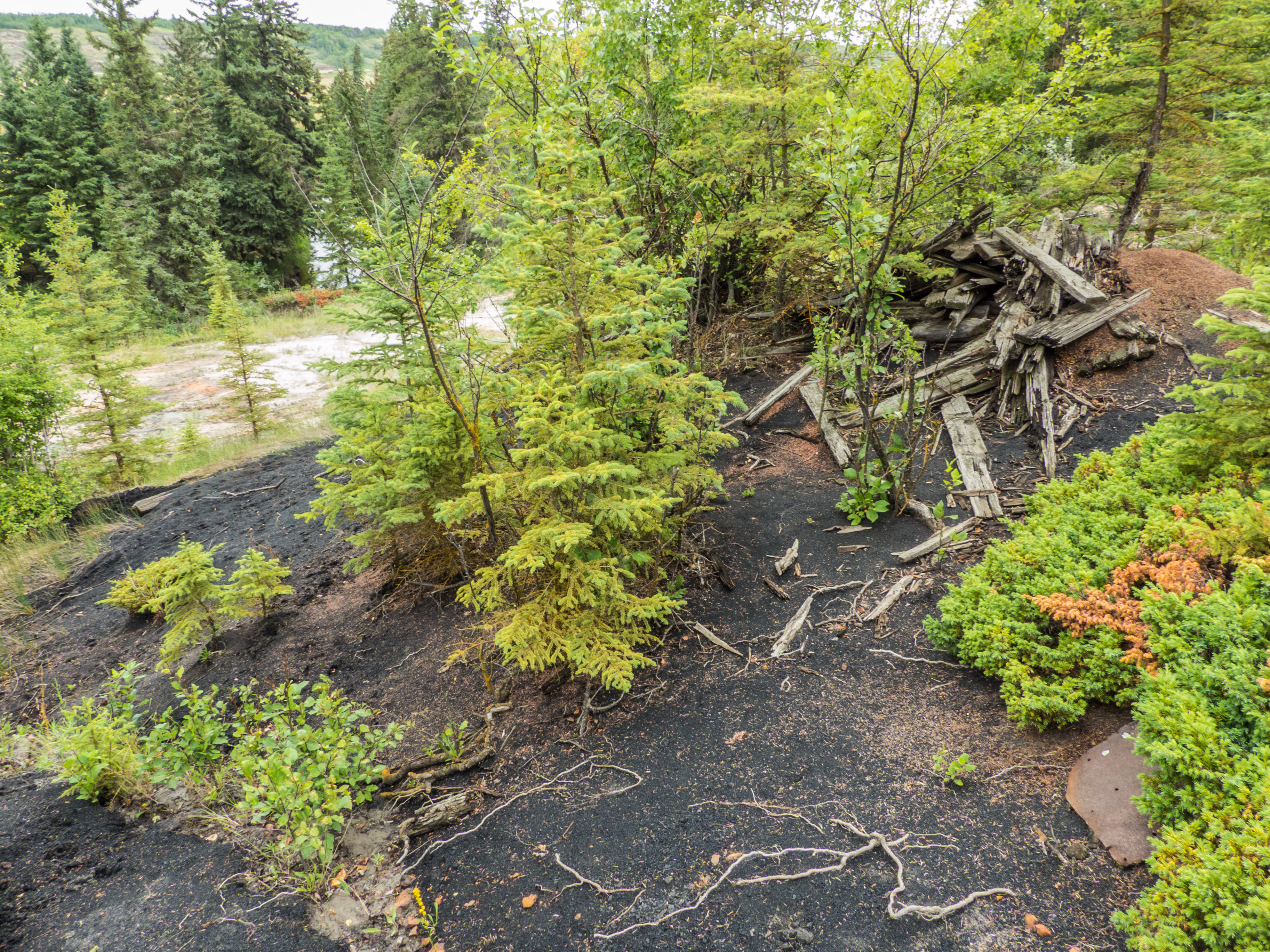
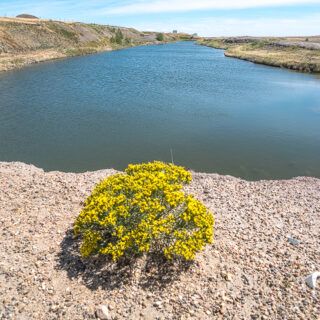
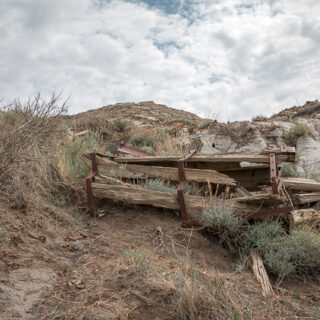
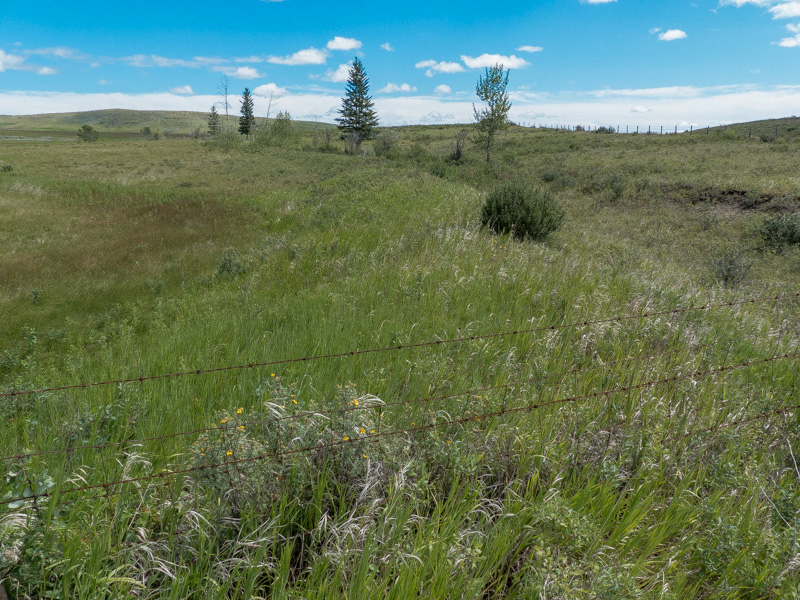
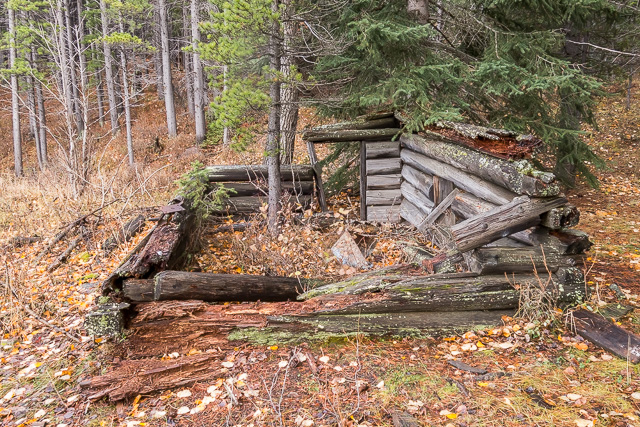
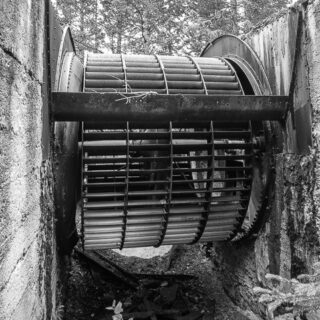







Thanks for the history!
It’s what we do – thanks for commenting!
Lovely photos!
Glad you’re along for the ride.
Was just talking to my boss today, comparing tomorrow’s energy future with what the future prospects were once thought to be when coal was a mainstream thing
There’s some parallels for sure.
Nice photos!
Appreciate it.
Very interesting story.
Thank you for commenting!
Only a few miles from my home.
Nice area.